Introduction
In the ever-evolving landscape of display technology, Stretched Bar LCD Display represent a fascinating niche. These displays are designed with a distinctive form factor that sets them apart from traditional LCD screens. They are elongated, thin panels that offer unique advantages in various applications. This article delves into the fundamentals of stretched bar LCD displays, their technological advancements, and their diverse applications across different industries.
What Are Stretched Bar LCD Displays?
Stretched bar LCD displays, as the name suggests, are LCD screens stretched into an elongated bar shape. Unlike standard rectangular or square LCD panels, these displays are narrow and long, providing a different visual experience and functionality. They are often characterized by their aspect ratios that significantly exceed the conventional ones, leading to a unique visual footprint.
These displays leverage the same Liquid Crystal Display (LCD) technology but are designed to fit specific needs where traditional displays might not be suitable. They can range in size from a few inches to several feet in length, and their form factor allows for flexible integration into various settings.
Technological Foundation
Stretched bar LCD displays are built on the same fundamental technology as other LCD panels, but with modifications to accommodate their unique shape. Here’s a breakdown of the key technological aspects:
Liquid Crystal Technology: At the core of an LCD is liquid crystal technology. Liquid crystals are materials that have properties between those of conventional liquids and solid crystals. They respond to electric fields, which allows them to control light passage and thus create images on the screen.
Backlighting: Like traditional LCDs, stretched bar displays use backlighting to illuminate the screen. This is typically achieved with LED backlights, which offer energy efficiency and brightness. The backlight is crucial for providing clear and vibrant visuals across the entire length of the stretched bar.
Display Resolution: The resolution of stretched bar LCD displays is critical, especially given their elongated nature. High-resolution panels ensure that the display maintains clarity and detail across its extended length. This is particularly important for applications where legibility and visual precision are paramount.
Aspect Ratio and Viewing Angles: The aspect ratio of stretched bar LCD displays is much wider than standard displays. This requires careful consideration of viewing angles and color consistency to ensure that the display remains effective from various perspectives.
Advantages of Stretched Bar LCD Displays
Stretched bar LCD displays offer several advantages that make them suitable for specific applications. Here are some of the key benefits:
Enhanced Visibility: Their elongated shape allows them to be positioned in narrow spaces where traditional displays might not fit. This is particularly useful in environments where space is limited or where a display needs to be integrated into a long, horizontal area.
Unique Design Opportunities: The form factor of stretched bar LCD displays opens up new possibilities for design and aesthetics. They can be used in innovative ways to create visually striking displays that stand out in public spaces or retail environments.
Effective Information Display: These displays are ideal for showing information in a continuous, scrolling format. This makes them useful for ticker tapes, stock market displays, or information boards where real-time updates are necessary.
Versatile Applications: From digital signage to control panels, stretched bar LCD displays can be used in a wide range of applications. Their flexibility allows them to be tailored to specific needs, enhancing their utility across different industries.
Applications of Stretched Bar LCD Displays
The unique attributes of stretched bar LCD displays make them suitable for various applications. Let’s explore some prominent uses:
Digital Signage: In the realm of digital signage, stretched bar LCD displays are used to capture attention and convey messages effectively. Their ability to display dynamic content in a slim profile makes them ideal for use in retail stores, transportation hubs, and public information systems.
Transportation and Control Panels: Stretched bar displays are frequently employed in control panels for transportation systems. For instance, they are used in train stations or airports to display schedules, updates, and information in a streamlined format that is easy to read from a distance.
Retail Environments: Retail stores utilize stretched bar LCD displays to showcase promotions, advertisements, and interactive content. Their slim design allows them to be integrated into shop fittings or mounted above counters, providing a modern and engaging display solution.
Corporate Environments: In corporate settings, these displays are used for meeting rooms, dashboards, and operational displays. Their elongated shape makes them suitable for presenting data in a way that is both functional and aesthetically pleasing.
Public Spaces: Stretched bar displays find their place in public spaces such as museums, exhibition centers, and airports. They are used to provide information, exhibit content, and enhance visitor experiences with clear and engaging visual presentations.
Challenges and Considerations
Despite their advantages, stretched bar LCD displays come with certain challenges and considerations:
Cost: Due to their specialized nature, stretched bar LCD displays can be more expensive than standard displays. The cost of manufacturing and customizing these panels may be higher, impacting overall budget considerations.
Integration: Integrating stretched bar displays into existing systems or environments can be complex. Custom mounting solutions and compatibility with other technologies may require additional planning and investment.
Resolution and Clarity: Maintaining high resolution and visual clarity across the entire length of the display is crucial. Ensuring consistent quality can be challenging, especially for very long displays.
Energy Consumption: While LED backlighting is energy-efficient, the overall energy consumption of stretched bar displays can still be a concern, particularly in large installations.
Future Trends
As technology continues to advance, the future of stretched bar LCD displays looks promising. Here are some emerging trends and potential developments:
Enhanced Flexibility: Future innovations may include even more flexible and customizable designs. This could involve curved or bendable stretched bar displays that offer new possibilities for integration into diverse environments.
Increased Interactivity: The integration of touch technology and interactivity is likely to become more prevalent. Stretched bar displays could evolve to include touch-sensitive surfaces, enabling user interaction and engagement.
Improved Energy Efficiency: Ongoing advancements in backlighting and display technology may lead to more energy-efficient stretched bar displays. This would help address concerns related to energy consumption and sustainability.
Integration with Smart Technologies: The future may also see increased integration with smart technologies, including IoT and AI. Stretched bar displays could become part of interconnected systems, providing real-time data and interactive capabilities.
Conclusion
Stretched bar LCD displays represent a unique and versatile segment of display technology. Their elongated form factor, combined with the principles of LCD technology, allows them to fulfill specific needs across various applications. From digital signage to corporate environments, these displays offer innovative solutions for information presentation and visual engagement.
As technology progresses, stretched bar LCD displays are expected to continue evolving, offering enhanced flexibility, interactivity, and energy efficiency. Understanding their features and potential applications helps us appreciate the role they play in modern display solutions and anticipate the future directions of this intriguing technology.


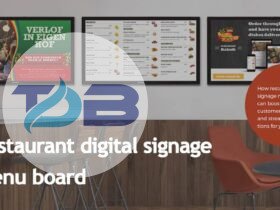


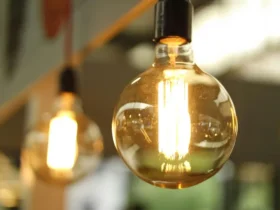












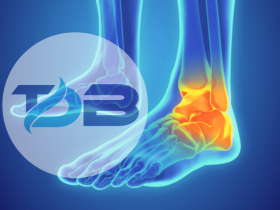








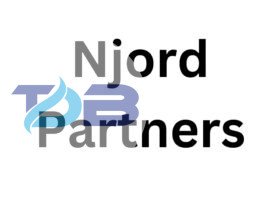



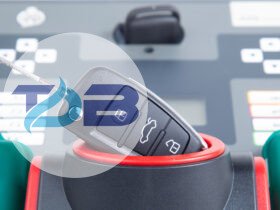






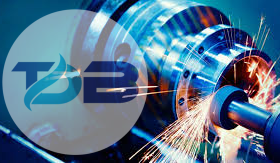




Leave a Reply